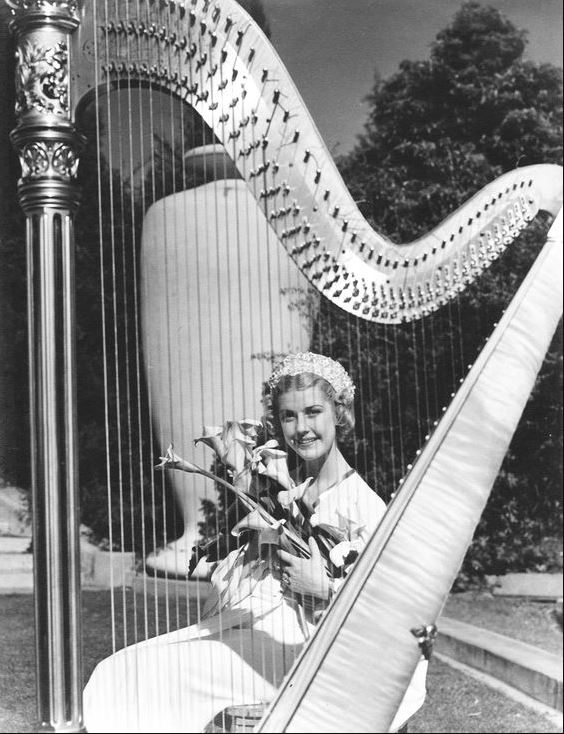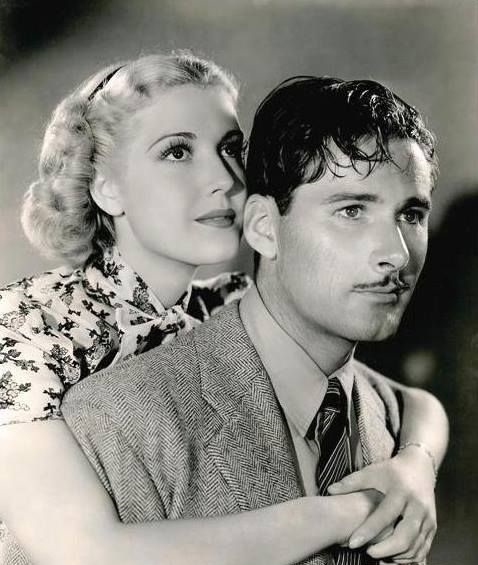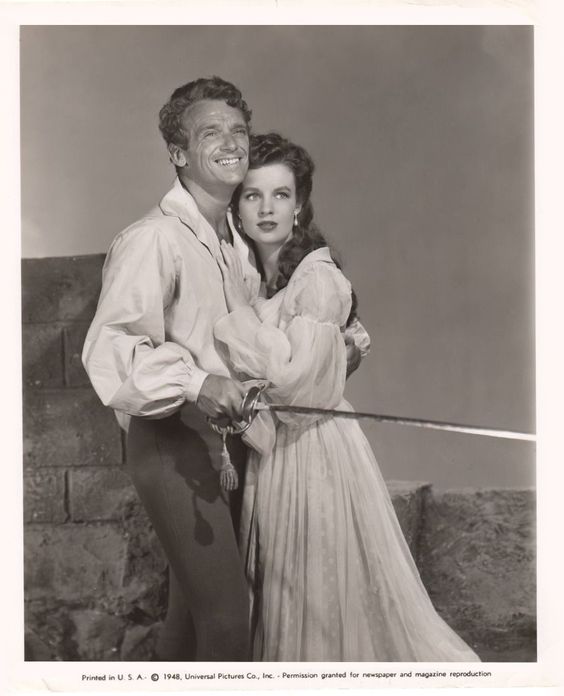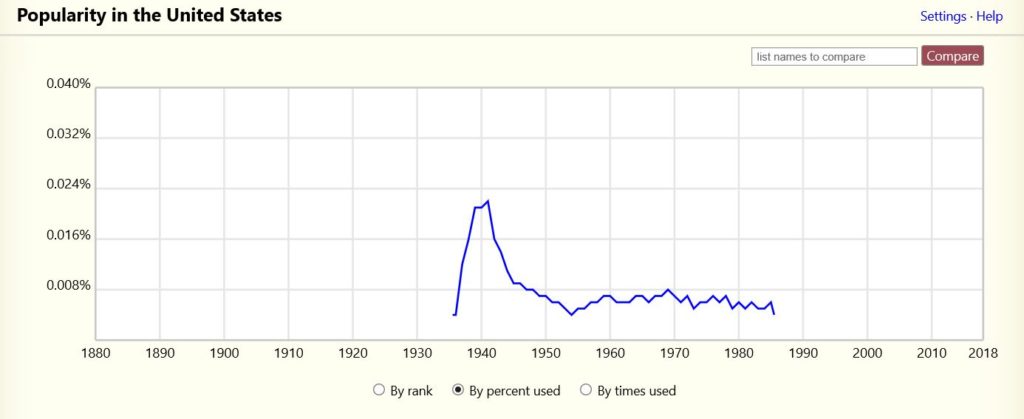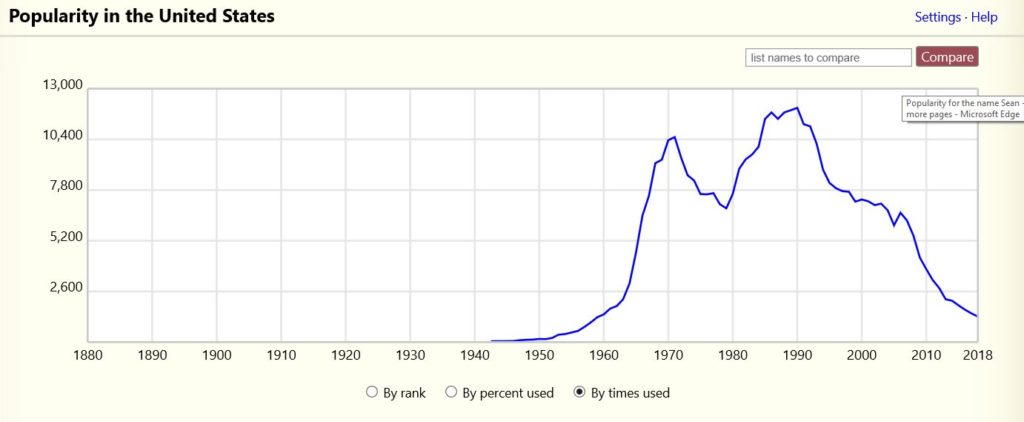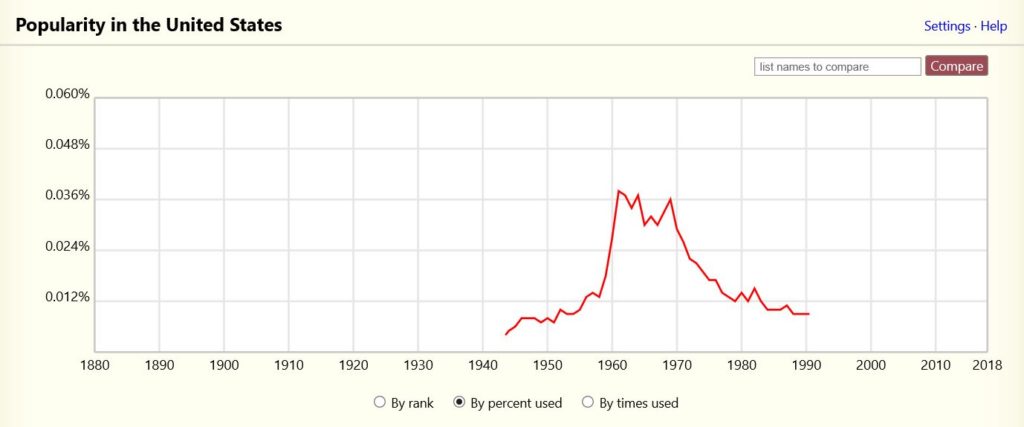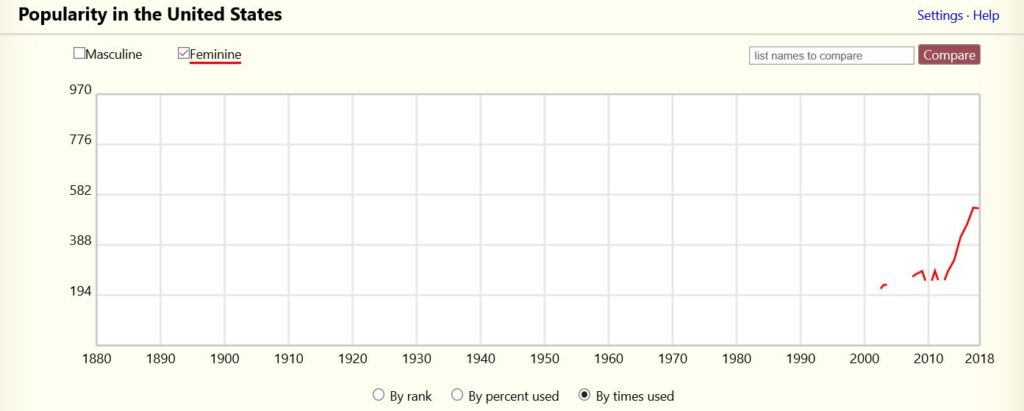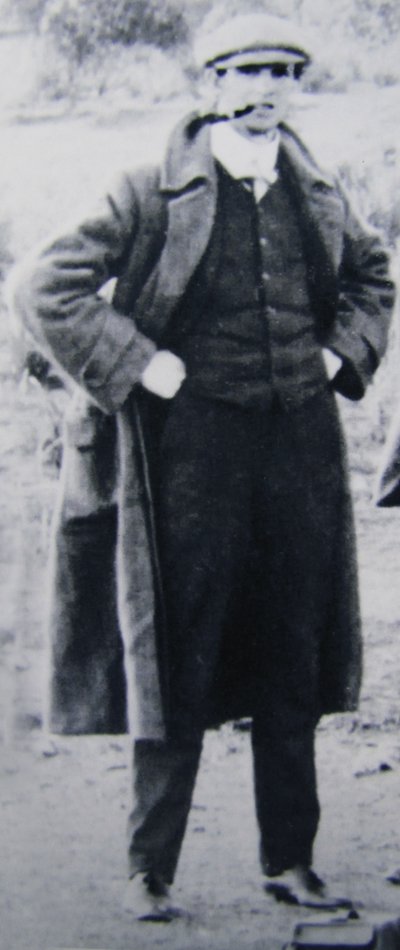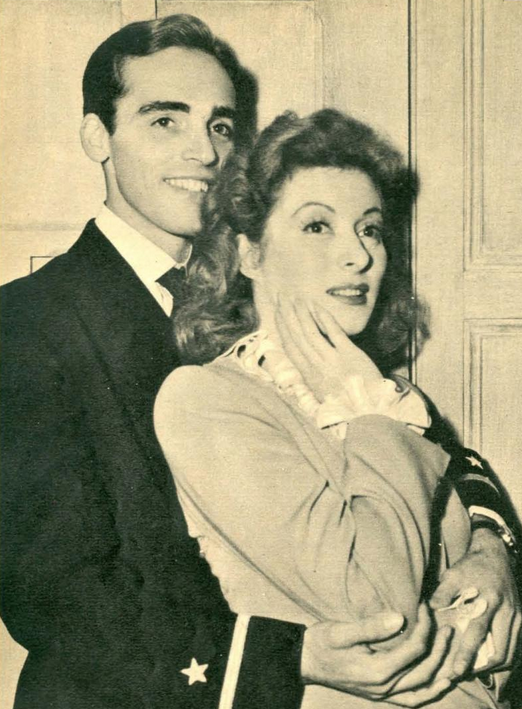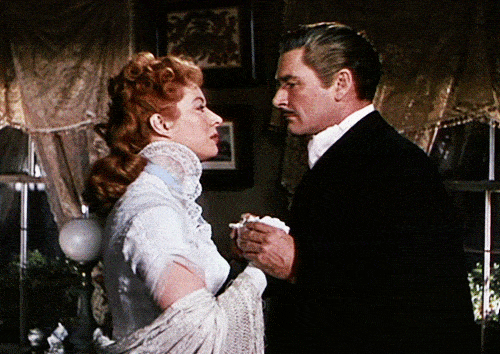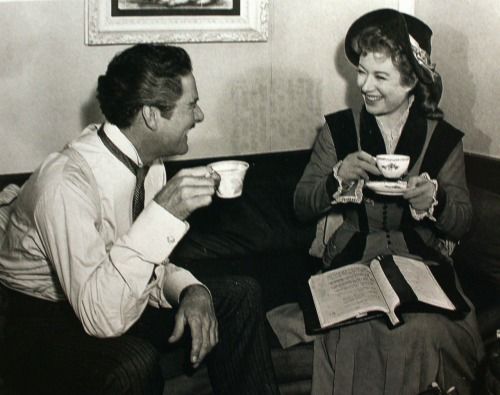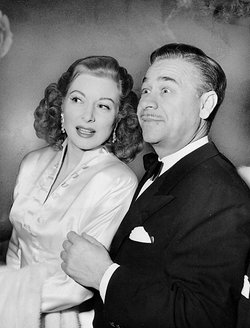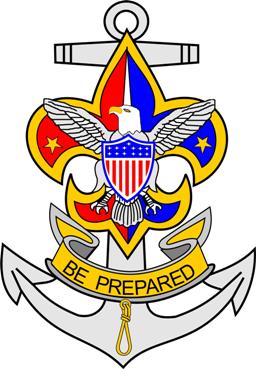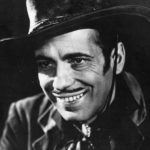
¿¿¿
March 23, 1940
Frank S. Nugent
The New York Times
All the extravagant adjectives in the book, plus a few lalapaloozas especially constructed for the occasion, may be employed without challenge by the Warner Brothers in calling attention to their latest prospection in the epic vein, “Virginia City.” For such a bundle of action-melodrama, such an excess of old-time super-colossalisms has not been seen in years to compare with this veritable archive of familiar outdoor thrill tricks, now showing at the Strand.
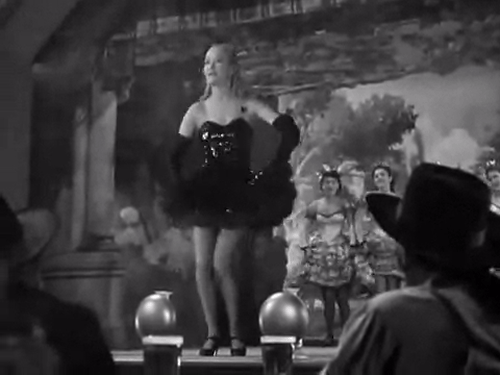
Practically everything guaranteed by long experience to stimulate an audience’s excitement—everything except technicolor—has been utilized by the Warner workshop to contrive this two-hour Blitzkrieg upon the human nerves.
From the moment that Federal Captain Bradford and Captain Irby of the Confederate Army square off in a Richmond prison, you and they are in for it, with such successive episodes as an explosive escape from the prison, a fight atop a runaway stagecoach, the usual roistering in a frontier town saloon, an outlaw raid upon a covered-wagon train and the arrival of the United States cavalry to while away the time. There is even a last-minute pardon from the lips of President Lincoln.
Put together as it is from patches which have the well-worn look, it is inevitable that this story of an unsuccessful Confederate attempt to run gold from Virginia City during the last days of the Civil War should be strictly synthetic. There is something depressingly pat about the personal interludes. You just know the beautiful Confederate spy, who doubles as a dancing girl, will fall in love with the Union captain, that she will agonize between love and duty, that the end will be duly heroic.
And, as played by Errol Flynn and Miriam Hopkins, the leading roles become no less obviously carpentered. Mr. Flynn is about as mobile as a floor walker; Miss Hopkins recites her stilted lines by rote. Only Randolph Scott as the Confederate captain behaves as though he was actually on the spot.
But waving the individuals aside, which is what is usually done in outdoor thrillers, there is enough concentrated action in the picture, enough of the old-time Western sweep, to make it lively entertainment. After all, with such models for obvious reference as “The Covered Wagon,” “Stagecoach” and even a bit of “Gone With the Wind,” Director Michael Curtiz could hardly have missed.
— Tim



